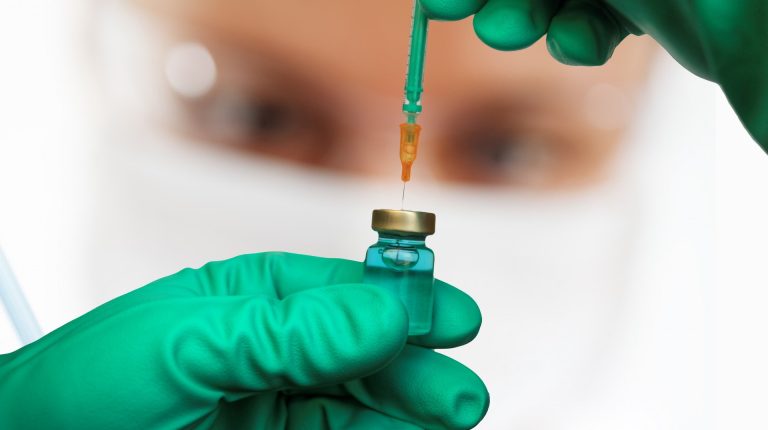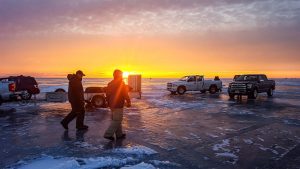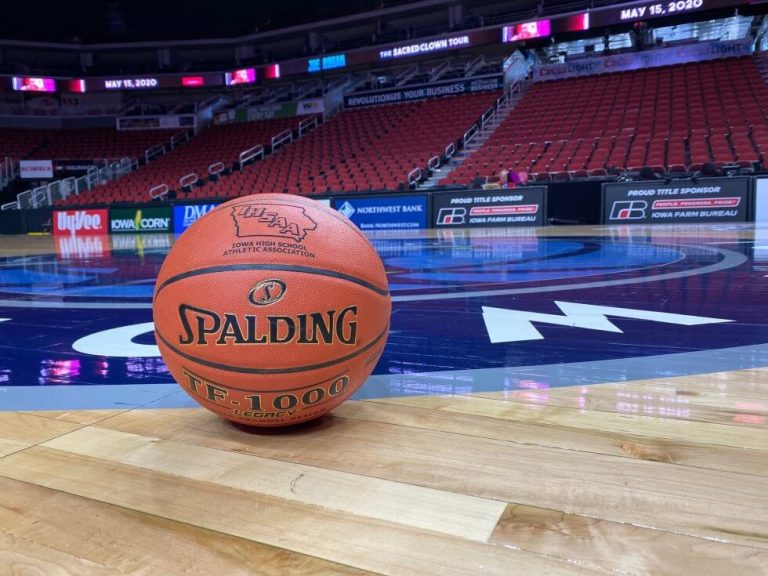IARN — A father-son duo, from north central Iowa, offer row crop farmers a service, which allows them early seed cover crops in the fall.
Lee and Brett Halvorson, of Worth County, started their custom business six to seven years ago. They first assisted in male row destruction for seed corn growers based out of the Mason City area. Brett Halvorson says, “Over the years, we’ve improved machinery, grown into other roles, and kept growing with the business.”
“With the growing interest in cover crops, we’ve kind of decided to pursue that a little bit,” Halvorson says.
Lee Halvorson, Brett’s father, got connected with Colin Hermiston, of Cedar County, and started to pick his brain about cover crops, as well as timing of seeding. Hermiston invited Lee and Brett to seed cover crops during male destruction this fall. Lee and Brett then put together a machine, tested it, made a few tweaks, and made it work.
“We started with a stripped down Hagie 284. It’s a high clearance sprayer that when we got it, (it) didn’t have a boom, didn’t have any tanks. It was very bare bones, which was great because we mold it into what we want.
We fabricated a rolling basket style stalk chopper, then attached that to the sides of the machine. We were very happy with it the first year, and made a few tweaks. Our design and engineering process is very iterative. We’ll add some steel here, cut some steel off, make it work the way we want it to, and then keep going from there.
Pioneer changed row patterns on us a year into the machine, so we adapted and made it so it would go from one pattern to the next relatively easy. Then when we retrofitted it to do the air seeding, we put two Gandy air seeders, one on each side, and had hopper extensions built, so we could have more capacity going across the field. That limited our time filling and gave us roughly 50 to 60 acres worth of run time, which matched up pretty well with our fuel and everything else,” Brett Halvorson says.
Brett Halvorson says the benefit of seeding cover crops during male row destruction is “it’s a one-trip pass.”
“You’re destroying the row at the same time you’re putting the seed down,” Halvorson says. “What that does for you is it gives you better weed control in your male rows between when they’re destroyed and harvested. And it allows that cover crop to get a better stand when those female rows are still standing. Our main target was weed control, but you also look for keeping your nutrients in place. Where that ground is open, you now give something that’s worth growing a chance at the nutrients instead of all the weeds.”











